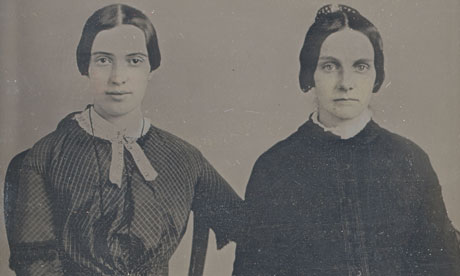Can you imagine Jimi Hendrix singing a duet with Lulu? Well, neither could Hendrix. So when the iconoclastic guitar player showed up with his band at the BBC studios in London on January 4, 1969 to appear on Happening for Lulu, he was horrified to learn that the show’s producer wanted him to sing with the winsome star of To Sir, With Love. The plan called for The Jimi Hendrix Experience to open their set with “Voodoo Child (Slight Return)” and then play their early hit “Hey Joe,” with Lulu joining Hendrix onstage at the end to sing the final bars with him before segueing into her regular show-closing number. “We cringed,” writes bassist Noel Redding in his memoir, Are You Experienced? The Inside Story of The Jimi Hendrix Experience.
Redding describes the scene that he, Hendrix, and drummer Mitch Mitchell walked into that day as being “so straight it was only natural that we would try to combat that atmosphere by having a smoke in our dressing room.” He continues:
In our haste, the lump of hash got away and slipped down the sink drainpipe. Panic! We just couldn’t do this show straight–Lulu didn’t approve of smoking! She was then married to Maurice Gibb of the Bee Gees, whom I’d visited and shared a smoke with. I could always tell Lulu was due home when Maurice started throwing open all the windows. Anyway, I found a maintenance man and begged tools from him with the story of a lost ring. He was too helpful, offering to dismantle the drain for us. It took ages to dissuade him, but we succeeded in our task and had a great smoke.
When it was time for The Jimi Hendrix Experience to go on camera, they were feeling fairly loose. They tore through “Voodoo Child” and then the program cut to Lulu, who was squeezed awkwardly into a chair next to an audience member in the front row. “That was really hot,” she said. “Yeah. Well ladies and gentlemen, in case you didn’t know, Jimi and the boys won in a big American magazine called Billboard the group of the year.” As Lulu spoke a loud shriek of feedback threw her off balance. Was it an accident? Hendrix, of course, was a pioneer in the intentional use of feedback. A bit flustered, she continued: “And they’re gonna sing for you now the song that absolutely made them in this country, and I’d love to hear them sing it: ‘Hey Joe.’ ”
The band launched into the song, but midway through–before Lulu had a chance to join them onstage–Hendrix signaled to the others to quit playing. “We’d like to stop playing this rubbish,” he said, “and dedicate a song to the Cream, regardless of what kind of group they may be in. We dedicate this to Eric Clapton, Ginger Baker and Jack Bruce.” With that the band veered off into an instrumental version of “Sunshine of Your Love” by the recently disbanded Cream. Noel Redding continues the story:
This was fun for us, but producer Stanley Dorfman didn’t take it at all well as the minutes ticked by on his live show. Short of running onto the set to stop us or pulling the plug, there was nothing he could do. We played past the point where Lulu might have joined us, played through the time for talking at the end, played through Stanley tearing his hair, pointing to his watch and silently screaming at us. We played out the show. Afterwards, Dorfman refused to speak to us but the result is one of the most widely used bits of film we ever did. Certainly, it’s the most relaxed.
The stunt reportedly got Hendrix banned from the BBC–but it made rock and roll history. Years later, Elvis Costello paid homage to Hendrix’s antics when he performed on Saturday Night Live. You can watch The Stunt That Got Elvis Costello Banned From SNL here.
Related content:
‘Electric Church’: The Jimi Hendrix Experience Live in Stockholm, 1969



